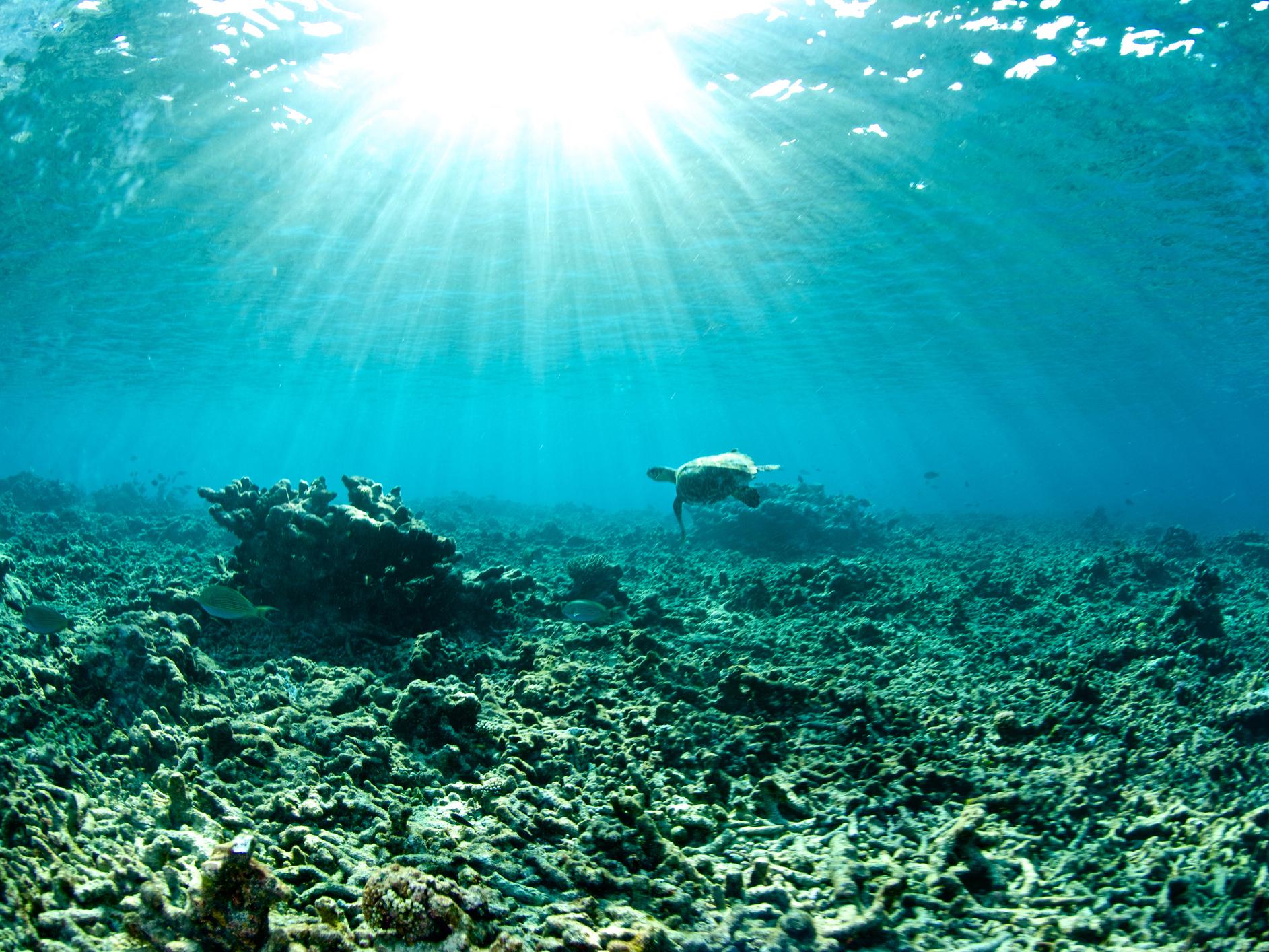
While seabird wrecks have occurred historically, Dr Piatt discovered during his research records of just two other mass die-offs comparable in size to the event he was studying. In late 2019, the National Oceanic and Atmospheric Administration (NOAA) reported that the blob had reformed off the west coast of the US. Did Australia's mutton birds suffer the same fate?Īnd ocean warming has been greatest in the Atlantic and Southern Oceans. The result was the biggest seabird die-off or "wreck" that scientists know of. If they don't eat for three to four days they're dead," Dr Piatt said. "These are high-energy birds with high-energy demands.

Murres are highly energetic, and need to consume around 56 per cent of their own body mass every day to meet their own energy demands. Increased competition for food meant the murre - which has been recorded diving to depths of up to 180 metres - had to work extra hard to sustain themselves. "The big fish, the big cod, the flounders and the pollock, these large predatory fish, their metabolic rates went up too," Dr Piatt said. On the other side of the "vice" were the murre's competitors - ectothermic or cold-blooded fish like Pacific cod and halibut, which compete with the murre for food. Not only were there fewer fish for the murre to eat, but because the fish were smaller and in worse physical condition, the murre needed to catch and eat more to survive. Sea surface temperature imagery shows warm waters returned off the US west coast in 2019. Juvenile salmon lost body condition because as it turns out their diets were impacted," Dr Piatt said. "If you crank up the temperature a few degrees, these ectothermic fish, their metabolic rate cranks up and so they had to eat more," he said.īut at the same time, food for the fish like zooplankton, had been diminished by the warmer temperatures, and the fish suffered accordingly. Warmer ocean temperatures increased their metabolic rate, said lead author John Piatt from the US Geological Survey. On the one side, the murre's preferred prey species, fish like anchovies, juvenile salmon, capelin and sardines, are ectothermic or cold-blooded. Their study used a combination of data gathered by citizen scientists, government, university and private organisations, and wildlife rehabilitation centres, to conclude that the common murres were caught in an "ectothermic vice" - basically, a squeezing of the murre's food supply from above and below. Many seabirds feed around Alaska during the northern summer. An 'ectothermic vice' squeezed the birds' food supply "A massive die-off of planktivorous Cassin's auklets occurred from Central California to British Columbia in the winter of 2014-15, a marked increase in mortality of was noted in Southern California, and an unusually large die-off of baleen whales occurred in the Gulf of Alaska in 2015–16," they wrote in their paper, published today in PLOS ONE. The blob was up to 6 degrees Celsius above typical maximum temperatures in places and extended to a depth of 200 metres, and more than 3,000 kilometres up the US coastline into Alaska.Īs well as the huge seabird die-off, the researchers believe the marine heatwave caused the mass mortality of a suite of other fish, mammal and bird species during 2014–17.ĭuring the period that the blob persisted off the coast of the US, production of phytoplankton or microscopic algae dropped, and "the largest harmful algal bloom in recorded history" stretched from California to the Gulf of Alaska in 2015, the researchers said. Now a major study has concluded that the die-off was the result of a huge disruption to energy flow through food webs, precipitated by "the blob" - an unprecedented mass of warm, nutrient-poor water that emerged off the Pacific coast of the US from 2013. Researchers think it was the largest seabird die-off in recorded history.Ĭompounding the deaths, at least 22 colonies completely failed to produce any offspring over several breeding seasons. Only a fraction of the dead birds made it to shore, and the total number of deaths was estimated to be close to a million birds.


 0 kommentar(er)
0 kommentar(er)
